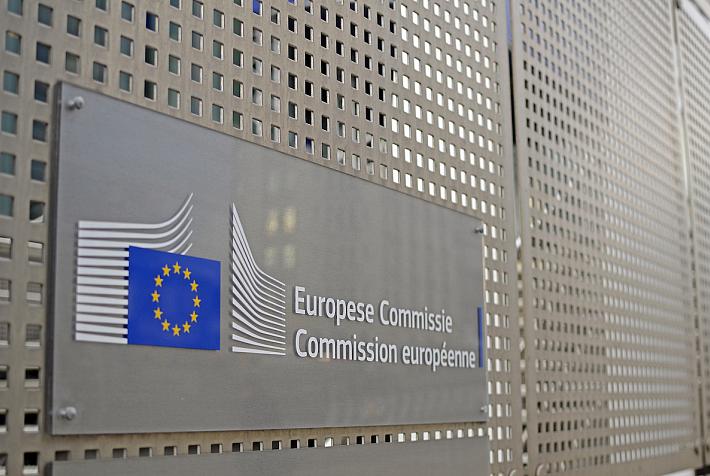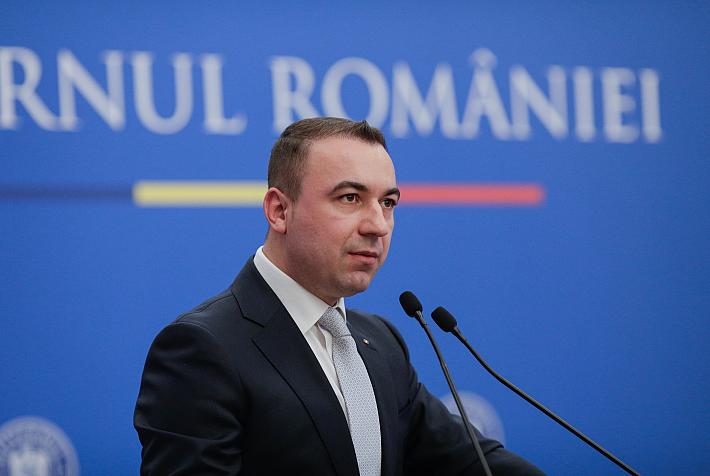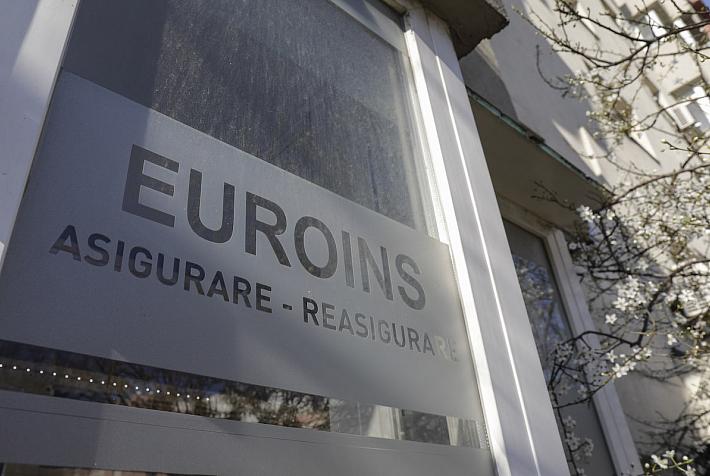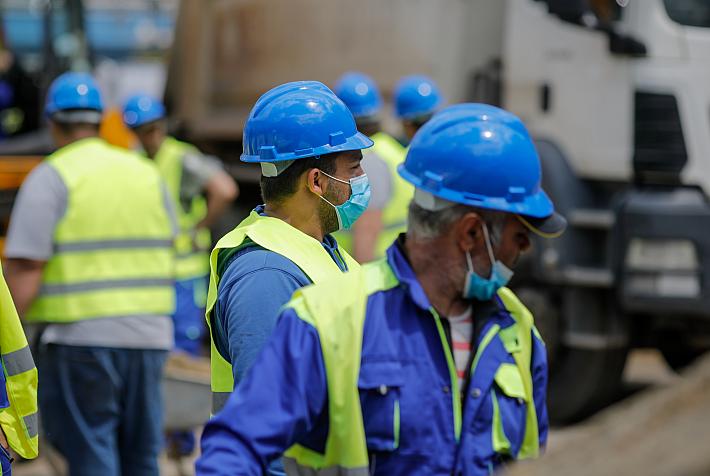Romanians buy more expensive products for second year in a row

The year 2016 was another good one for the consumer goods industry, both for retailers and manufacturers, according to a study by GfK.
Romanian consumers continued to spend more and buy more expensive products in 2016, for the second consecutive year.
The fast-moving consumer goods (FMGC) market grew by 3.4% in volume last year compared to 2015, mainly due to a 3% increase in volumes purchased, and to the up-trading phenomenon, which means that the consumers started to focus on more expensive products.
“Unlike the previous year, up-trading was seen both in modern and traditional retail. This has led to an increase of one percentage point in the share of premium brands nationwide, at the expense of other price categories,” according to GfK.
The study also shows that Romanians purchased goods for everyday use less often, but spent more money at once.
Food continued to dominate spending in Romania, with a 66% share.
The highest growth rate came from home care products, beverages, and personal care products. However, when taking into account the size of the categories’ segments, the fresh food and drinks contributed the most to the FMGC market growth. Romanians spent more on seafood and fish, frozen food, exotic fruits, such as avocado, pomegranates, cider, and champagne.
The modern retail represents 57% of the total FMGC market in Romania, two percentage points up compared to 2015. The supermarkets and discounters contributed the most to this growth, with a 0.5 percentage points increase each. However, although they had a constant evolution in terms of market share, the hypermarkets remained the most important modern channel, accumulating more than a quarter of the total FMGC sales for home consumption.
However, the market share of the top 10 retailers in Romania increased by only one percentage point in 2016, compared to three percentage points in 2015. Lidl and Profi were the most active retailers in terms of increasing the market share in 2016.
Meanwhile, the traditional retail had a negative evolution last year, registering a decrease of two percentage points.
According to GfK, 2017 will see inflation, following the fiscal relaxation and the VAT cuts in 2015 and 2016, which are expected to lead to a slower growth pace.
GfK study: Romanians are the biggest shopping fans in the region
Irina Popescu, irina.popescu@romania-insider.com











